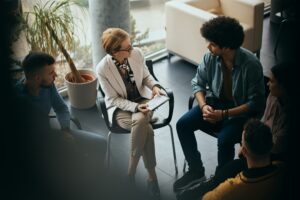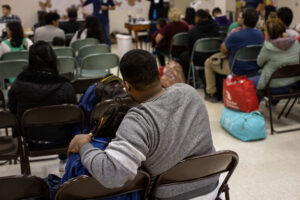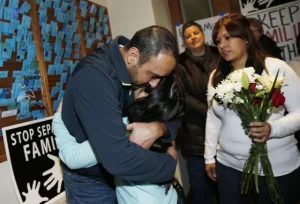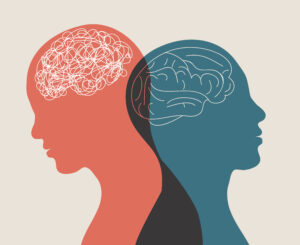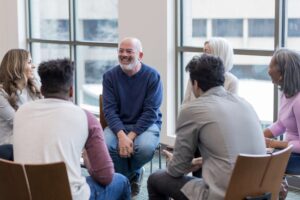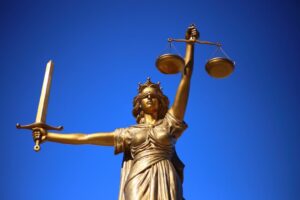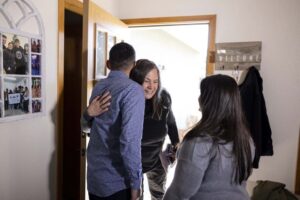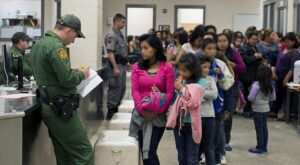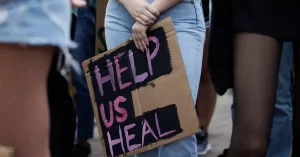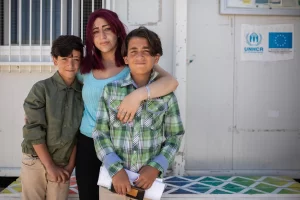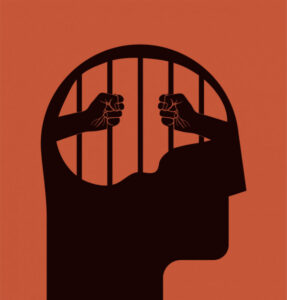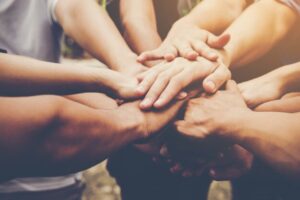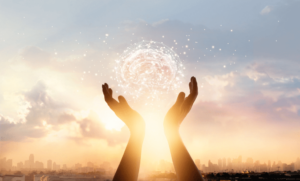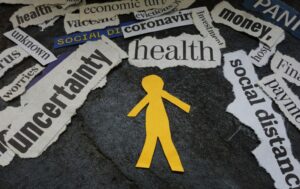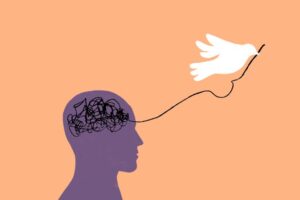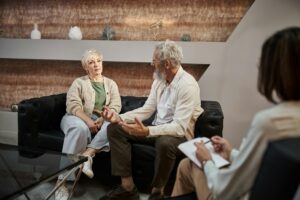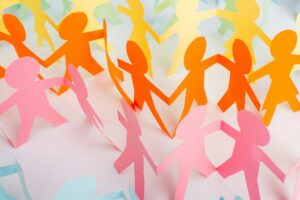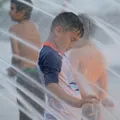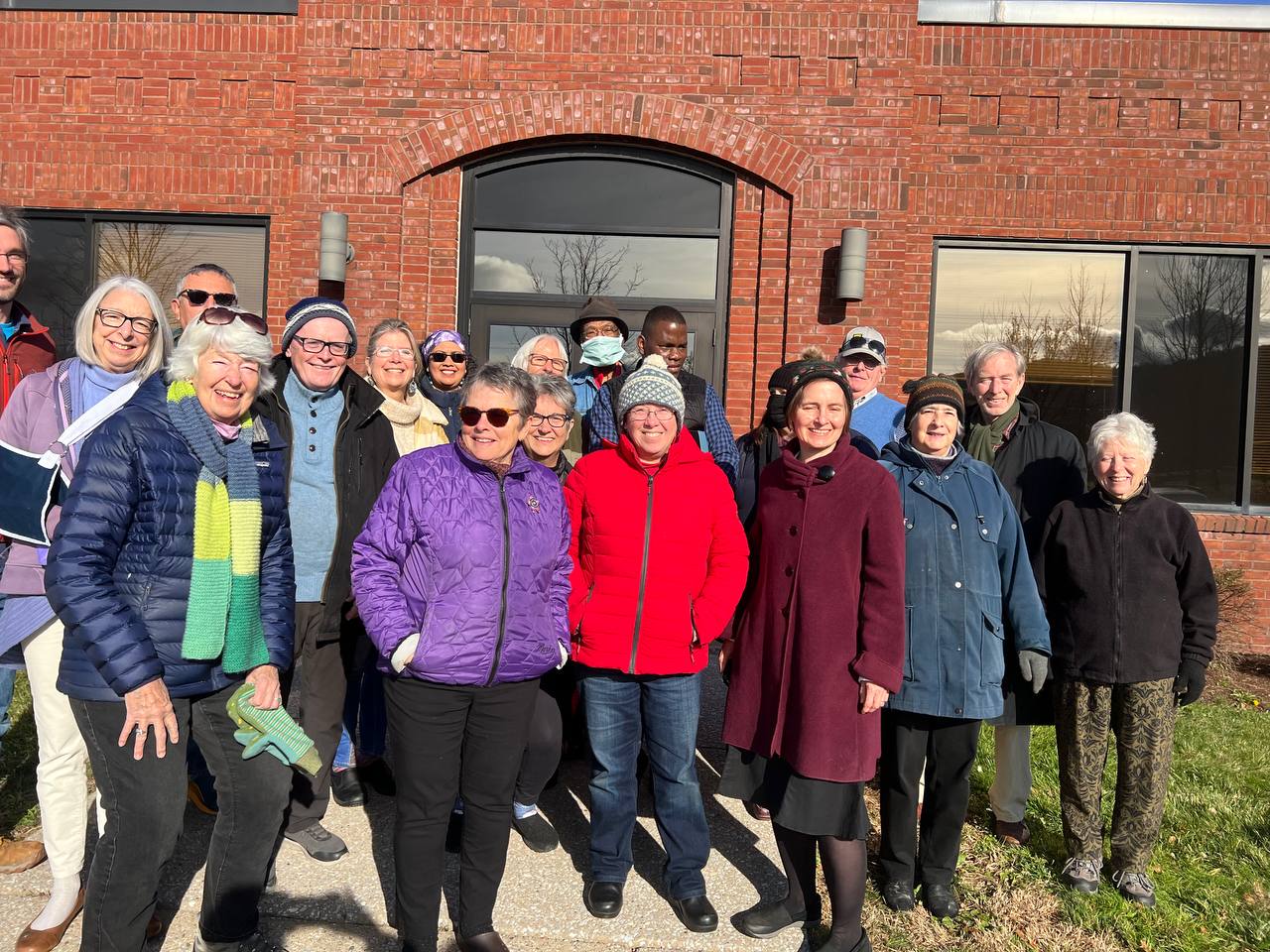Title: Empowering Advocacy: The Rise of Human Rights Clubs in the USA
In the landscape of social activism and advocacy, human rights clubs have emerged as potent platforms for change across the United States. These clubs, often initiated and driven by passionate individuals, serve as hubs for education, awareness-raising, and action on pressing human rights issues. From college campuses to local communities, these clubs are making their mark, empowering individuals to become catalysts for positive change.
A Grassroots Movement for Change
Human rights clubs operate at various levels, from high schools to universities, and even within communities. These clubs are typically composed of students or concerned citizens who come together to address a wide array of human rights concerns, ranging from gender equality and racial justice to LGBTQ+ rights and environmental justice.
Education and Awareness
One of the primary objectives of human rights clubs is to educate their members and the broader community about human rights issues. Through workshops, seminars, film screenings, and guest lectures, these clubs provide valuable insights into the complexities of human rights violations both domestically and globally. By fostering understanding and empathy, they empower individuals to become informed advocates for change.
Advocacy and Action
Human rights clubs are not just about raising awareness; they are also platforms for advocacy and action. Members engage in a variety of activities, including letter-writing campaigns, petitioning, organizing rallies and protests, and partnering with other organizations to effect tangible change. Whether advocating for policy reforms, supporting marginalized communities, or demanding accountability from authorities, these clubs are at the forefront of grassroots activism.
Amplifying Marginalized Voices
Central to the ethos of human rights clubs is the amplification of marginalized voices. These clubs provide a platform for individuals from underrepresented communities to share their stories, experiences, and struggles. By centering the voices of those directly affected by human rights violations, these clubs strive to foster inclusivity and solidarity within their communities.
Building Networks and Coalitions
Human rights clubs recognize the importance of collaboration in achieving their goals. They actively seek partnerships with other student organizations, community groups, NGOs, and advocacy networks to leverage collective resources and expertise. By building networks and coalitions, these clubs enhance their capacity for advocacy and magnify their impact on human rights issues.
Challenges and Opportunities
While human rights clubs play a crucial role in advancing social justice, they also face challenges. Limited resources, apathy, and resistance from entrenched power structures can hinder their efforts. Moreover, navigating complex issues requires sensitivity, nuance, and a commitment to intersectionality.
However, these challenges also present opportunities for growth and innovation. By harnessing the power of social media, leveraging technology for outreach and organizing, and engaging in strategic partnerships, human rights clubs can overcome barriers and expand their reach.
Conclusion
Human rights clubs are beacons of hope in the fight for justice and equality. In a world grappling with systemic injustices and human rights violations, these clubs serve as vital catalysts for change. Through education, advocacy, and solidarity, they inspire individuals to stand up for what is right and work towards a more just and equitable society. As they continue to grow and evolve, human rights clubs in the USA will undoubtedly play an indispensable role in shaping a brighter future for all.







